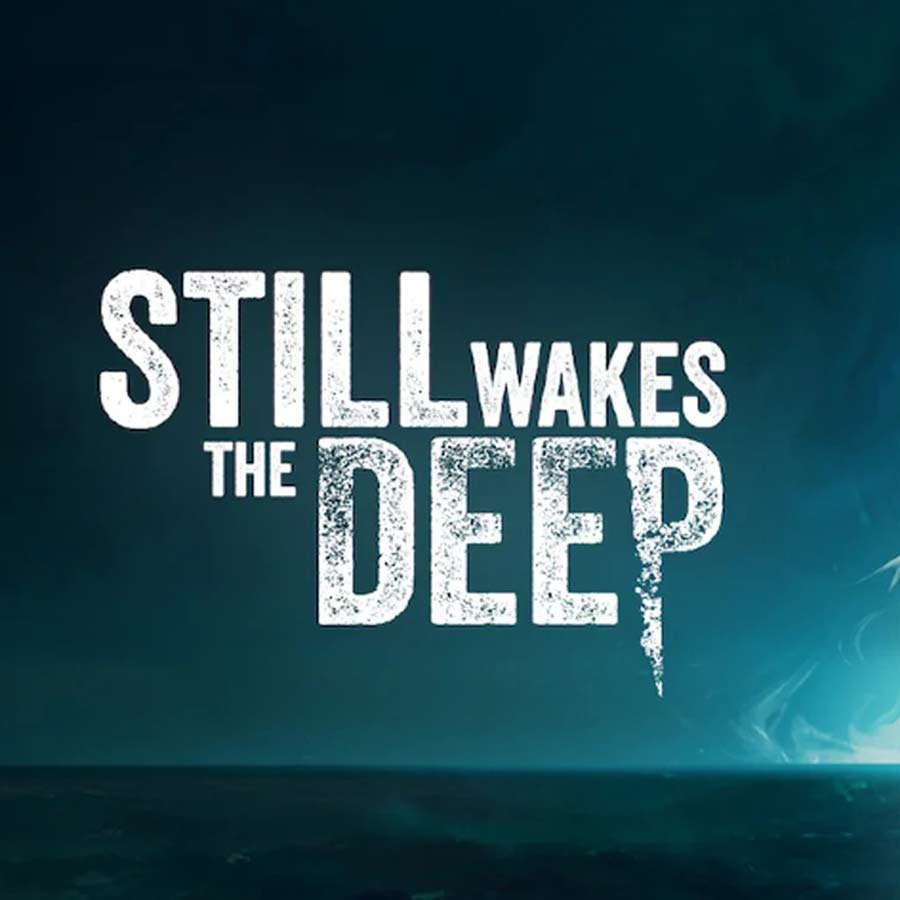Pure Perfection GmbH Lights Up Firework Mascara with an Unforgettable Launch
With vision and flawless execution, Pure Perfection GmbH for L’Oréal Deutschland GmbH reimagine[...]


With vision and flawless execution, Pure Perfection GmbH for L’Oréal Deutschland GmbH reimagine[...]

Redesigning Sichuan’s Culinary Icon Si Mei Food’s product achieved recognition as a winner i[...]

From Secret Mode and The Chinese Room comes Still Wakes the Deep, a chilling descent into isola[...]

e.l.f. Beauty continues to push boundaries as the way we experience fashion and beauty evolves,[...]


September 26, 2025Contact: Tyler K. | Senior Vice President of Programs and OperationsGlobal Ph[...]

12 September 2025Contact: Emily T. | Senior Program ManagerFrench Fashion AwardsEmail: emily@ia[...]

12 September 2025Contact: Tyler K. | Senior Vice President of Programs and OperationsFrench Des[...]

A Night of Style and Spectacle Runway 7 Fashion has reimagined the way Fashion Week is exper[...]


Haochen He, both a photographer and architect, brings an architectural lens to his photography,[...]

Tinglung Chang is a designer specializing in furniture and home décor, and the founder of Playh[...]

Based in New York, Zehua Zhang is a licensed architect and Associate Principal at KPF whose pas[...]

Dmitriy Vavilov is a portrait and reportage photographer with over 15 years of experience, capt[...]


(INTERNATIONAL – October 16, 2025) – The 2025 MUSE Hotel Awards has officially announced the co[...]

September 26, 2025Contact: Tyler K. | Senior Vice President of Programs and OperationsGlobal Ph[...]

Arte of Beauty Awards 2026 Officially Opens for Global Submissions Honoring Excellence in Beau[...]

12 September 2025Contact: Emily T. | Senior Program ManagerFrench Fashion AwardsEmail: emily@ia[...]
Never miss a moment of creativity — Subscribe now for inspiring ideas and more!